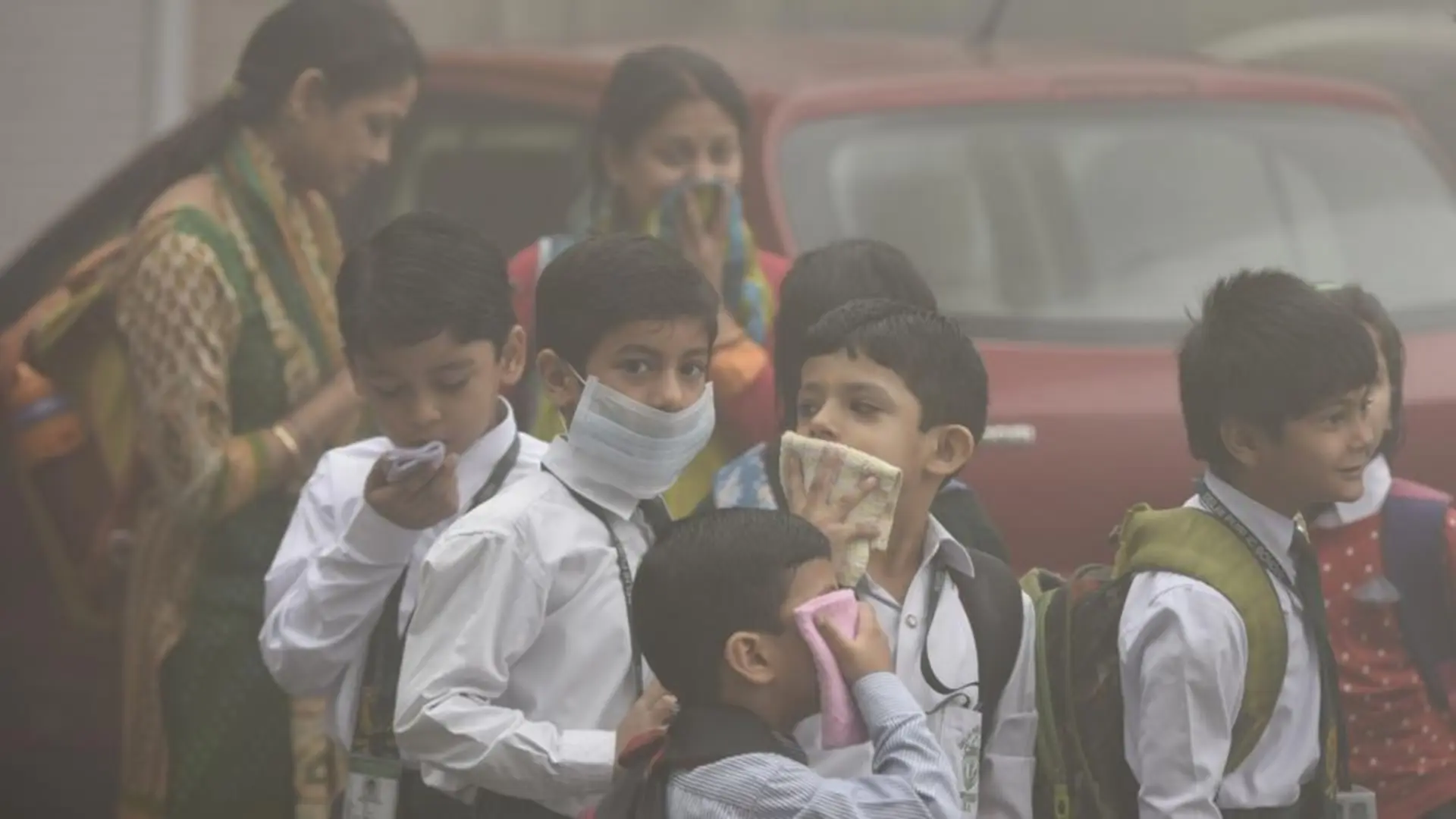Addressing pollution, especially in a city like Delhi, requires a comprehensive strategy that tackles multiple sources of pollution, including vehicular emissions, industrial output, stubble burning, waste management, and more. Both the central and state governments, led by different parties, have announced various plans and policies to combat air pollution, but the effectiveness of these plans has been debated.
Here’s an overview of the approaches by key parties:
BJP (Bharatiya Janata Party) – Central Government:
The BJP-led central government has focused on several initiatives to reduce pollution:
- National Clean Air Programme (NCAP): Launched in 2019, it aims to improve air quality by setting targets to reduce pollution levels in cities across India.
- Electric Vehicle (EV) Push: Incentives and policies have been introduced to promote electric vehicles as part of a broader plan to reduce emissions.
- Infrastructure Projects: Investment in infrastructure like metro networks and improved public transportation is also seen as a long-term solution to reduce vehicular pollution.
- Stubble Burning Mitigation: The central government has focused on technological solutions like providing farmers with alternatives to stubble burning, though this has not been fully effective yet.
AAP (Aam Aadmi Party) – Delhi Government:
The AAP, which governs Delhi, has focused on more immediate and localized measures to address pollution:
- Odd-Even Scheme: This car rationing scheme is aimed at reducing vehicular emissions by restricting the use of cars with odd or even registration numbers on alternate days.
- Implementation of Air Pollution Control Systems: The Delhi government has installed air purifiers in high-pollution areas and set up smog towers.
- Improved Waste Management: Efforts to curb open burning of waste, which contributes to pollution, have been initiated.
- Stubble Burning Action Plan: AAP has actively engaged with neighboring states like Punjab and Haryana to find solutions for stubble burning, although cross-border coordination remains a challenge.
Congress Party:
The Congress Party has also highlighted air quality as a critical issue and has proposed solutions like:
- Stronger Pollution Laws and Enforcement: Congress has called for stricter implementation of environmental laws and increased penalties for violators.
- Focus on Clean Energy: Promoting clean energy and reducing dependency on fossil fuels is often part of Congress’s environmental agenda.
- Subsidies for Cleaner Technologies: Congress has advocated for subsidies for electric vehicles and renewable energy technologies.
Which Party Has a Better Plan?
The effectiveness of the parties’ pollution plans can be evaluated based on implementation and long-term impact.
- BJP’s central initiatives, like the National Clean Air Programme and push for electric vehicles, are essential for long-term solutions but may not offer immediate relief.
- AAP’s local measures, such as the Odd-Even scheme and waste management reforms, are more immediate but have faced challenges in achieving substantial results.
- Congress advocates for stronger laws and clean energy, but their specific plans on pollution have not been as prominently discussed as those of the BJP or AAP.
Ultimately, no party has fully solved Delhi’s pollution crisis, and the issue requires cooperation between the central and state governments as well as involvement from the public. Each party’s plan has its strengths, but a more holistic, multi-party, and cross-border approach will be necessary to make a significant dent in Delhi’s pollution problem.




